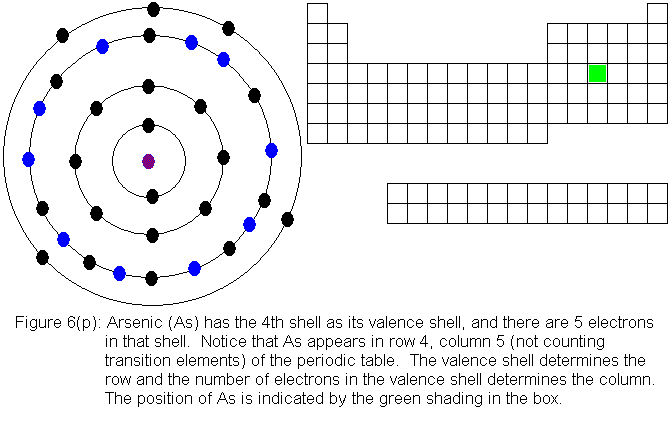I’m now going to demonstrate how to bond Iodine Pentafluoride and what is its molecular geometry…

HI is very similar to HF and HCl. Hydrogen has 1 valence electron and Iodine (in Group 7 with F and Cl) has 7 valence electrons. With the Lewis Structure for HI remember that Hydrogen only needs 2 valence electrons to have a full outer shell. Be sure that you don’t use more than the 8 valence electrons available. The first step is to count all the valence electrons of each molecule. In the case of IF5, The Iodine atom has 7 valence electrons. F also has 7 valence electrons. But since there are 5 atoms of F, we multiply 7×5= 35 valence electrons. Adding both we get 35+7= 42. Hence, a total number of valence electrons of IF5= 42. Determining the.
As shown in the image above we begin this process by writing the formula of the molecule. In this case our formula is IF5. After we write the formula down we use a periodic table or our previous knowledge on the amount of valence electrons for the elements we use in order to set up the Lewis dot diagram. For this problem I has 7 valence electrons and each F has 7 valence electrons. We already know that a bond between molecules is created by 2 electrons. Therefore, we can easily create 5 bonds, all the bonds surround the I, as I is our central atom. However, since Iodine has 1 additional pair of unbonded electrons, the bonds formed with Fluorine are placed at angles of 90 and 120 degrees because of the repelling forces between them. Once we have formed the bonds we check for the octet rule or otherwise known as the rule of 8. As we add up the number of electrons in bonds and alone we can conclude that this molecule does not satisfy the octet rule. If you want you may check the number of bonds that you are able to make with the application of the number of bonds chart. The chart is divided into 3 columns and 3 rows. In the first column we write the elements we are using. In the second column we write the number of electrons that are needed for the element to be “happy” or complete for each element. In the third column we write the number of electrons that we do have for each element. We add up all of the numbers from each column corresponding to their designated column. In the bottom or last row we conclude ny subtracting the second number from the first one and then divide that by 2 and we have the number of bonds. In this case the use of the chart is helpless as this molecule is an extended octet molecule. The next step is to set up the Lewis Structure of the molecule. According to our structure we can say that the shape of our molecule is square pyramidal which derives from octahedral. This molecule has a square pyramidal shape because of the repelling forces set by the unbonded pairs of electrons of Fluorine and the additional unbonded pair of electrons from Iodine.
A 3D image of the shape is given below.

Iodine Valence Electrons Lewis Dot Structure
Iodine has valence electrons. A) eight B) five C) three D) seven. The inertness of the noble gases is due to. A) the outermost shell has six electrons.
